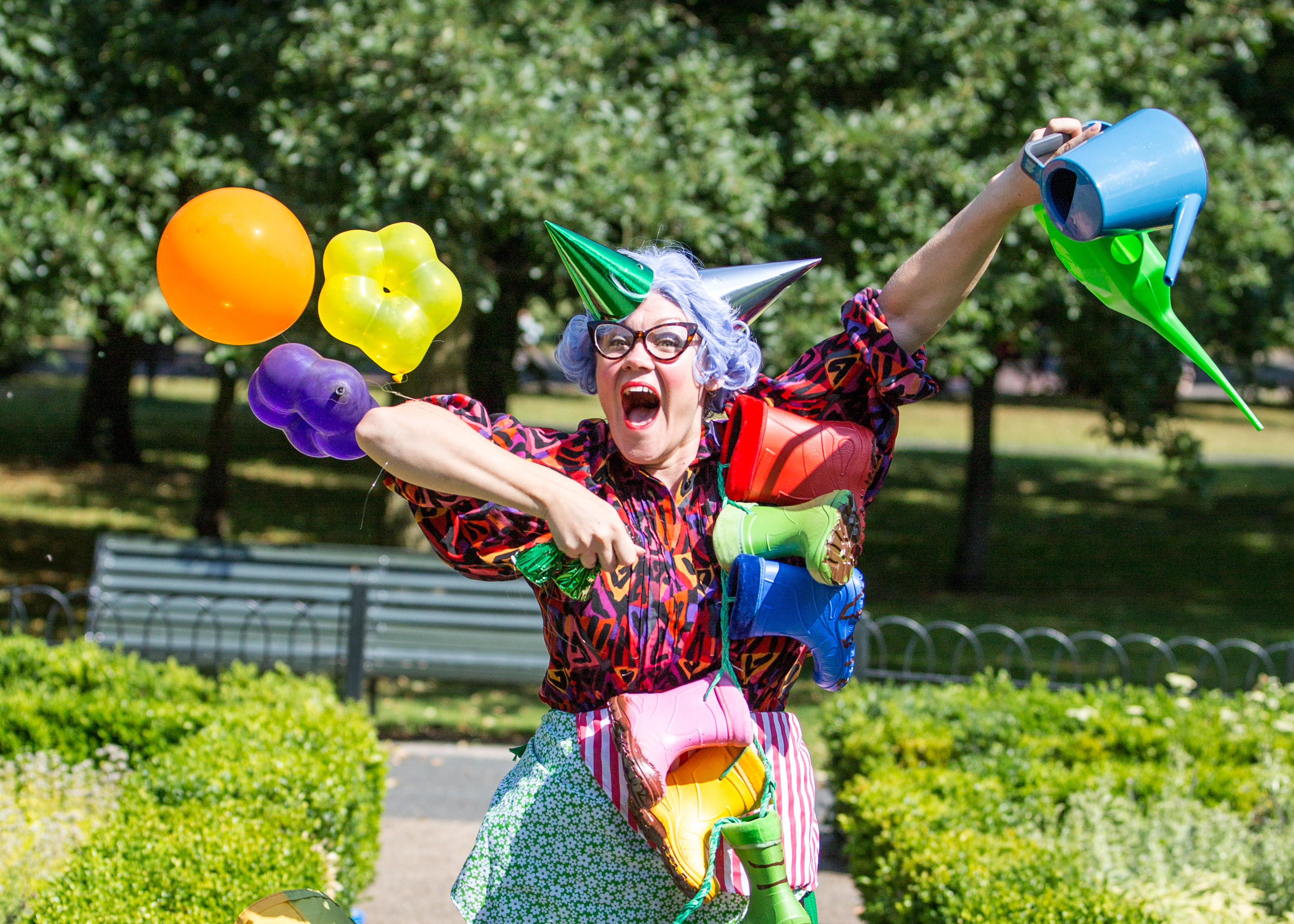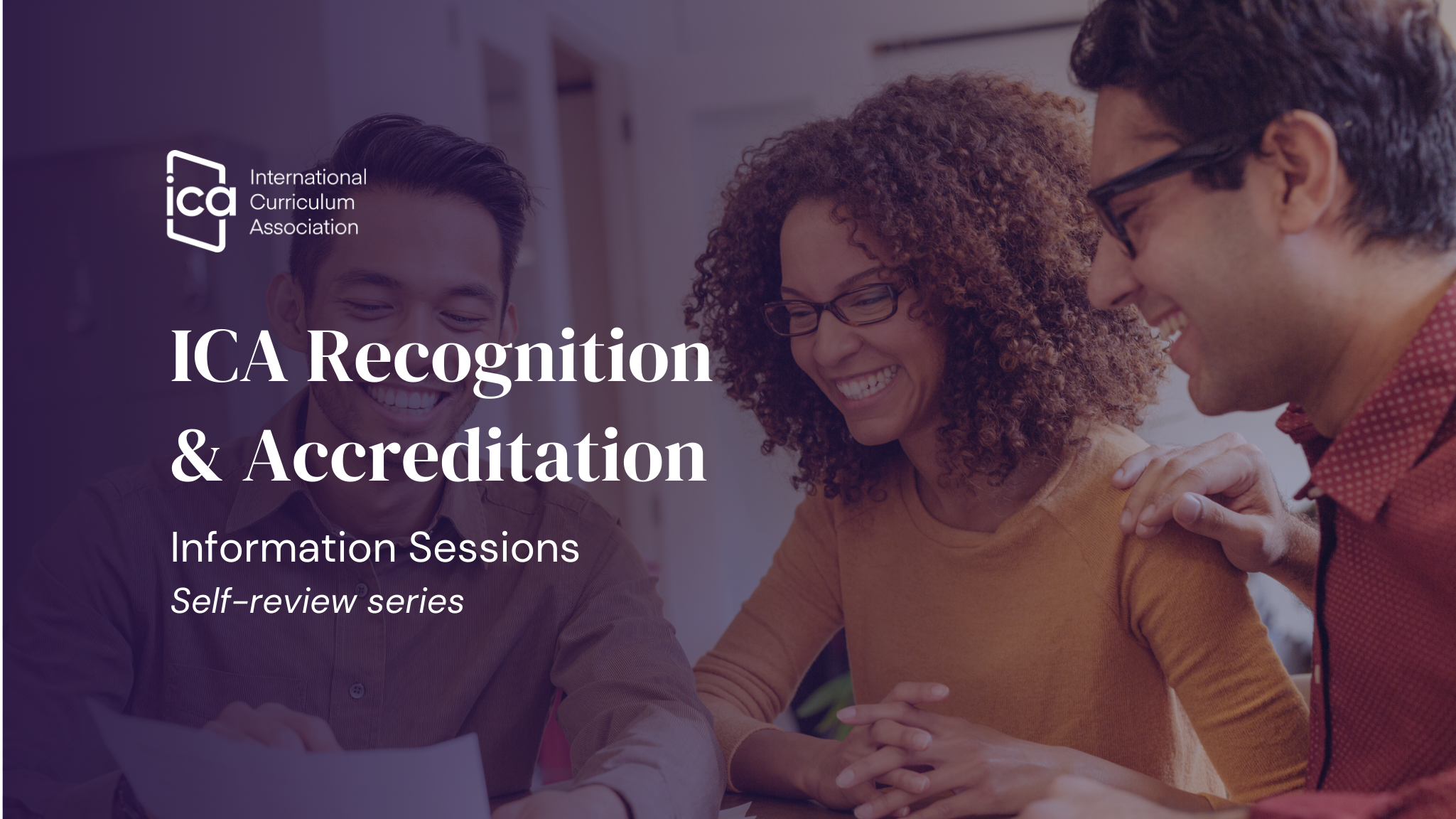When asked to write this article, I was well aware that, as a teacher working in Sweden, a country that faced no lockdowns during the COVID-19 pandemic, my experience would probably not be representative of the reality facing schools around the world. However, conversation about the new reality teachers face now, made me realise that our struggles, thoughts, and lessons learned here at Futuraskolan International School of Stockholm do not differ significantly from those shared by other educators.
‘It is like teaching two academic years in one’
June 2023 marked the end of another school year, a year when we thought everything had gone ‘back to normal’, or, at least, to a new ‘normal’. Despite lessons not having gone fully remote for us back in 2020, the few weeks of online learning, which entailed an increase in screen time, and the social isolation paired with more opportunities for teenagers to use social media, had a noticeable impact on learner wellbeing and social skills. Although we gradually started seeing the results of this in 2021-22, it wasn’t until this past academic year that this new reality became evident.
To me, it felt that supporting learners to achieve the same results as before required twice the effort and energy; in other words, it was like teaching two academic years in one.
Topics, teaching approaches, and lesson plans from the years before did not seem to have the same appeal or yield the same results any more. Simultaneously, learners showed even less interest in reading widely and for pleasure outside of school, while they became increasingly aware of the negative effects of social media. The first term of the school year for teachers meant reading and researching, adapting, changing, or completely scrapping lesson plans more than ever before. Knowledge Harvests and other forms of formative assessment were crucial steps in redesigning units that no longer worked. Using the Six Key Needs of the Adolescent Brain as a framework to reevaluate teaching approaches was a useful tool along the process.
And yet, it felt harder than ever before to establish a genuine connection with learners. Having discussed this with colleagues and educators outside of Sweden, I understand that this has been quite a heavy mental and emotional burden to bear for many of us.
Transitions and the rise of AI
The International Curriculum Association defines transitions as “changes experienced by a learner as a result of progressing from one learning context to another” (IMYC Curriculum Guide, pg. 16). Supporting learners in their transition from childhood into adolescence, and from primary to secondary education, always requires socioemotional support, a focus on Health and Wellbeing, scaffolding, encouragement, space for safe risks, and room for learner agency. All these are invaluable tools for teachers and student support teams, and they might need to take an even more central stage for us to successfully navigate this new reality.
However, there is one more type of transition that needs to be considered. One cannot discuss the challenges of this past academic year without reflecting on the rise of AI. The incredible capabilities of AI text, image, and music generators raise the question of whether we need to transition into a new way of working and assessing or back to more traditional methods such as books and exams. No matter what decisions and policies are made, the reality is that generative AI is here to stay and there is a tendency to turning a blind eye towards it or trying to completely ban it. Instead, at least at this early point, it feels like the one thing schools and educators can do is teach learners how to use it rather than abuse it.
Moving forward
A new school year is starting here in Sweden, and it is crucial to reflect on new or improved ways to move forward - for the sake of our learners as well as for us teachers. The reality remains that there are curriculum plans and standards to meet, but this can surely happen in different ways. These are a few things I look forward to seeing the results of:
Planning lessons for learners with learners, as a way to reconnect, to build a new and stronger trust relationship, and to give them space to exercise agency.
Exploring the capabilities and limitations of generative AI together with learners and agreeing on ways to use it as a learning tool; involving learners in a discussion around assessments and academic integrity.
Increasing focus on mental health and socioemotional challenges through discussions and mindfulness sessions.
I have a feeling that, despite the challenges, this mindset shift could lead to less mentally and emotionally taxing years ahead.
The International Middle Years Curriculum


